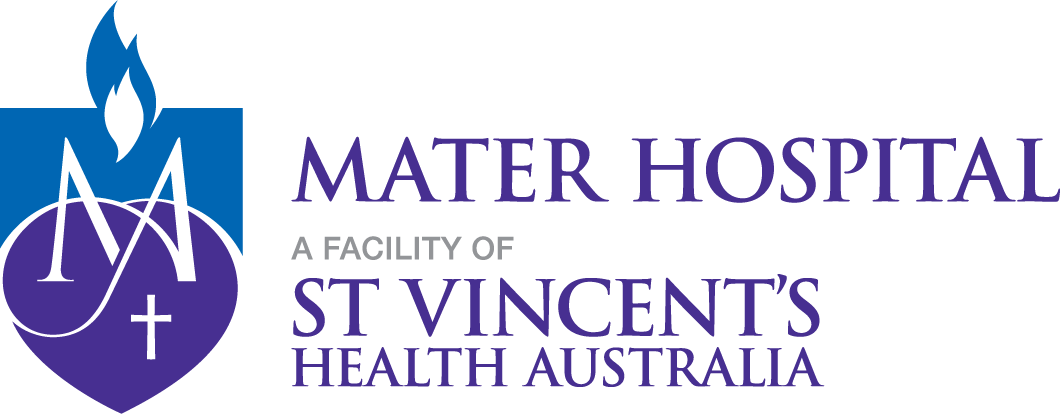Abdominal Pain and Bloating
What is Abdominal Pain?
Abdominal pain and bloating are common digestive complaints experienced by people of all ages. Abdominal pain refers to discomfort or pain in the area between your chest and pelvis. It can be mild and annoying or sharp and severe.
What is Bloating?
Bloating refers to the feeling of fullness or tightness in the abdomen, often caused by a buildup of gas or fluid.
Bloating can make the stomach area appear swollen or distended, sometimes accompanied by burping, belching, flatulence, or abdominal rumbling. These symptoms often occur together, but can also appear separately. While occasional episodes are usually harmless, frequent or severe cases may indicate an underlying issue that needs medical attention.
Impact of Abdominal Pain and Bloating on Anatomy and Health
Abdominal pain and bloating can affect your digestive system in multiple ways. The digestive tract comprises organs such as the stomach, small intestine, colon, pancreas, and liver. Pain or bloating may result when something interferes with the function or structure of these organs.
Your gut is like a long tube. If the gut is inflamed, irritated, or blocked, it can disrupt the normal flow of gas and food, causing discomfort and swelling. In some conditions, gas can become trapped, fluids may accumulate, or the gastrointestinal tract muscles may contract abnormally, resulting in pain, pressure, and bloating.
Long-term or repeated episodes of abdominal pain and bloating can affect your quality of life. It may cause:
- Reduced appetite: You might eat less to avoid discomfort.
- Sleep disturbances: Pain or discomfort may interrupt sleep.
- Emotional distress: Ongoing symptoms can lead to frustration, anxiety, or low mood.
- Nutritional deficiencies: In some cases, poor digestion can impact your ability to absorb essential nutrients.
Risk Factors for Abdominal Pain and Bloating
While anyone can experience abdominal pain and bloating, certain individuals are more at risk due to lifestyle, stress, and other health conditions.
Common risk groups include:
- People with digestive disorders: Individuals diagnosed with IBS, Crohn’s disease, ulcerative colitis, or coeliac disease often report frequent bloating and discomfort.
- Those with food sensitivities: People intolerant to lactose, gluten, or certain fermentable carbohydrates (known as FODMAPs) are prone to bloating and pain after meals.
- Women: Hormonal changes during menstruation, pregnancy, or menopause can increase bloating and abdominal pain.
- Older adults: The aging process can slow digestion and increase the likelihood of gastrointestinal issues.
- People with poor diet and eating habits: Diets high in processed foods, fizzy drinks, or sugar alcohols can contribute to gas and bloating.
- Individuals with sedentary lifestyles: A lack of physical activity can lead to slower digestion and bowel movements, which can increase bloating.
- People under stress: Psychological stress can alter gut function and increase sensitivity to normal gas levels or muscle contractions in the intestines.
Causes of Abdominal Pain and Bloating
There are many possible causes of abdominal pain and bloating, ranging from minor to serious. These include:
- Overeating or eating too quickly: This can lead to swallowing air and stretching the stomach, causing excessive belching, burping, and bloating.
- Gas buildup: When certain foods (like beans, lentils, broccoli, and carbonated drinks) break down in the gut, gas is produced in the gut.
- Constipation: When stools build up in the bowel, it can cause pain and bloating.
- Food intolerances: Lactose, fructose, and gluten sensitivities can lead to irritation in the digestive system.
- Irritable Bowel Syndrome (IBS): A common functional condition that affects how the gut-brain responds to certain stimuli, e.g. gas, which can often lead to bloating and cramping.
- Small Intestinal Bacterial Overgrowth (SIBO): Excess bacteria in the small intestine can produce gas and cause discomfort.
- Hormonal changes: Some women experience bloating and mild cramps related to their menstrual cycle.
- Gastrointestinal infections: Viral or bacterial infections can inflame the digestive tract, resulting in various symptoms.
- Obstruction or blockage: Conditions like bowel obstruction, hernias, or tumours can interfere with the flow of gut content and lead to severe symptoms.
- Gallbladder or liver issues: Gallstones or liver disease can present as upper abdominal discomfort and bloating.
Symptoms of Abdominal Pain and Bloating
The severity and frequency of abdominal pain and bloating can vary widely. Common symptoms include:
- Abdominal discomfort: May present as dull aching, sharp pain, or cramping—often around the lower abdomen or near the navel.
- Visible bloating: The abdomen may appear swollen or feel unusually tight or firm.
- Excessive gas: Includes frequent belching, flatulence, or both.
- Altered bowel habits: Diarrhoea, constipation, or a mix of both may occur.
- Early satiety: Feeling unusually full after eating small amounts.
- Nausea and indigestion: Can be persistent or episodic.
- Reduced appetite: Often linked to feelings of fullness or discomfort.
When to seek urgent medical care:
- Unexplained weight loss
- Blood in the stool
- Vomiting
- Fever
These red flags could signal more serious conditions and should be evaluated promptly by a healthcare professional.
Prevention of Abdominal Pain and Bloating
While not all causes are preventable, many cases of abdominal pain and bloating can be reduced or avoided with simple lifestyle changes:
- Eat smaller, more frequent meals: Avoid overeating or eating too quickly.
- Limit gas-producing foods: Reduce intake of beans, onions, cabbage, carbonated drinks, and sugar-free products with artificial sweeteners.
- Identify and avoid trigger foods: Keep a food diary to find patterns between what you eat and your symptoms.
- Stay hydrated: Drink plenty of water to support digestion and help prevent constipation.
- Increase fibre gradually: Fibre supports bowel health, but introduce it slowly to avoid excess gas.
- Stay active: Regular movement helps stimulate digestion and bowel function.
- Reduce stress: Techniques such as mindfulness, breathing exercises, and physical activity can help regulate gut function.
- Avoid chewing gum or drinking through straws: These can cause you to swallow extra air, leading to bloating.
- Limit alcohol and caffeine: Both can irritate the digestive system.
- Check for food intolerances: An elimination diet guided by a doctor or dietitian may help.
Types of Abdominal Pain and Bloating
Abdominal pain and bloating can present differently depending on the underlying cause. Understanding the type of pain or bloating helps healthcare professionals make more accurate diagnoses. Common types include:
- Localised Pain: Pain confined to one area of the abdomen. It often suggests a problem with a specific organ, such as the appendix, gallbladder, or ovaries.
- Cramp-like Pain: Often related to gas, indigestion, or menstruation. This pain may come and go, and it typically improves on its own.
- Colicky Pain: Sudden, severe pain that comes in waves. It is often associated with kidney stones or gallstones and may be accompanied by nausea or sweating.
- Generalised Pain: Discomfort felt across the whole abdomen. It can result from indigestion, viral infections, or more serious conditions like bowel obstruction.
- Upper Abdominal Bloating: Often linked with acid reflux, indigestion, or delayed stomach emptying.
- Lower Abdominal Bloating: Typically connected to constipation, menstruation, or issues with the colon, such as IBS.
Stages of Abdominal Pain and Bloating
Abdominal pain and bloating can progress through several stages, especially when left unmanaged or when associated with chronic digestive conditions. These stages can vary depending on the underlying cause, but generally include:
- Early Stage (Mild Discomfort): Intermittent bloating, mild cramping, or a feeling of fullness. Often occurs after eating and resolves on its own.
- Progressive Stage (Moderate Symptoms): More frequent bloating or pain, possibly accompanied by changes in bowel habits, such as constipation or diarrhoea.
- Persistent Stage (Chronic or Severe Symptoms): Ongoing or severe pain, significant bloating, weight changes, fatigue, or appetite loss. May start to interfere with daily activities.
- Complicated Stage (With Warning Signs): Signs such as vomiting, blood in stool, fever, or sharp, localised pain may indicate a serious medical condition such as appendicitis, bowel obstruction, or internal infection.
Diagnosis of Abdominal Pain and Bloating
Diagnosing the cause of abdominal pain and bloating involves a combination of medical history, physical examination, and diagnostic testing. Your doctor will begin by asking questions such as:
- When did the symptoms start?
- How often do they occur?
- What does the pain feel like?
- Is it linked to meals, stress, or menstruation?
- Are there other symptoms like fever, weight loss, or bowel changes?
After this, your doctor may perform or order the following:
- Physical Examination: To check for areas of tenderness, swelling, or unusual sounds in the abdomen.
- Blood Tests: To detect signs of infection, inflammation, or nutritional deficiencies.
- Stool Tests: To look for infections, blood, or digestive issues.
- Imaging Tests:
- Ultrasound: Commonly used to examine organs like the gallbladder or ovaries.
- X-rays or CT scans: Helpful in detecting blockages, abnormal growths, or organ issues.
- Endoscopy or Colonoscopy: These procedures involve using a flexible camera to examine the inside of the stomach or bowel, allowing for the detection of inflammation, ulcers, or polyps.
- Breath Tests: To check for lactose intolerance or small intestinal bacterial overgrowth (SIBO).
- Food Allergy or Intolerance Testing: To identify reactions to gluten, lactose, or other dietary triggers.
Treatment of Abdominal Pain and Bloating
Treatment for abdominal pain and bloating depends on the underlying cause, severity of symptoms, and your overall health. Approaches may include:
Lifestyle and Dietary Changes:
- Eating smaller meals: Reduces pressure on the digestive system.
- Avoiding trigger foods: Such as spicy, fatty, or gas-producing foods.
- Increasing fibre intake: Especially in cases of constipation.
- Reducing stress: Through relaxation techniques or counselling.
- Regular exercise: Helps stimulate digestion and prevent bloating.
- Quit Smoking
Medications:
- Antacids or acid reducers: For indigestion or reflux-related bloating.
- Antispasmodics: To relieve cramping in IBS or other motility disorders.
- Laxatives: For constipation-related discomfort (under medical supervision).
- Antibiotics: If the cause is bacterial, such as in infections or SIBO.
- Probiotics: To improve gut flora and relieve symptoms of IBS or after antibiotic use.
- Hormonal treatments: In cases where symptoms are linked to the menstrual cycle.
Medical or Surgical Interventions:
- Gallstone removal: If gallstones are causing pain or infection.
- Treatment for ulcers: Including medication to eliminate H. pylori.
- Surgical intervention: In serious cases such as appendicitis, hernias, or obstructions.
- Management of chronic diseases: Such as coeliac disease, IBD, or endometriosis.
Your doctor may also refer you to a gastroenterologist or dietitian for more specialised care.
What if Abdominal Pain and Bloating are Untreated?
Ignoring persistent or severe abdominal pain and bloating can lead to complications and prolonged discomfort. Potential risks of leaving symptoms untreated include:
- Worsening of the underlying condition: Minor issues like constipation or food intolerance may become chronic and harder to manage.
- Development of complications: Untreated infections, gallstones, or appendicitis can lead to life-threatening problems like sepsis or perforation.
- Nutritional deficiencies: Chronic bloating may interfere with nutrient absorption, leading to fatigue, anaemia, or weight loss.
- Emotional impact: Ongoing symptoms can cause stress, anxiety, or social withdrawal.
- Missed serious diagnoses: Symptoms like unexplained weight loss, blood in stools, or severe pain may point to serious conditions such as gastrointestinal cancer, which need prompt diagnosis and treatment.
Even if symptoms seem minor, monitoring their frequency and triggers, and consulting your gastroenterologist if they persist, worsen, or significantly impact your day-to-day life is important.













